The Highlights of CES 2022 for those interested in Data
The consumer electronics show (CES) was once again held in Las Vegas last week and though a number of the big names were still physically present at one of the biggest tech events on the calendar, CES 2022 was still a combination on-site and digital arrangement, with a number of regular yearly attending brands switching to e-stands or giving it a miss entirely. That said, there was still plenty of new and exciting tech to be shown off for 2022 and 2023 that covered practically every facet of home and business electronics. To go through them all here would take an article 20x longer than this one, plus do you really come to NASCompares for information on a new and exciting toothbrush? No! You came to learn about what you and your data will be able to do in 2022. So, these are my highlights of CES 2022 for those that are interested in NAS’, routers, switches and the big developments in PCIe 5 M.2 NVMe SSDs for later this year. As coverage and the wrap up of CES 2022 happens, I will update this page with anything else in the world of personal/business data that I think you should know. Let’s go through the best bits.
ADATA Elite SE920 USB4 External SSD
Originally uncovered at their annual even in the second half of 2021, ADATA followed it up with further information on the new ADATA Elite SE920 external SSD, a USB4 powered NVMe SSD in an enclosure that promises to provide up to 4,000MB/s read speeds. Thanks to a combination of the M.2 NVMe storage inside and the 40Gb/s performance bandwidth of USB4, this would be the fastest USB-bus powered single drive external enclosure in the world! Adata says its new SE920 SSD is the world’s fastest portable storage. The drive combines Intel Thunderbolt 3 and USB4 to push up to 4,000MB/s transfer speeds and features proprietary ‘Heat Conduction’ technology to keep temps in check. Like most of its other product announcements, Adata didn’t go into detailed specifics or pricing information of the drive. It also highlighted the 7,400MB/s transfer speeds of the upcoming Legend PCIe 4.0 SSD, which — on paper — makes it top-tier in terms of consumer-grade internal storage.
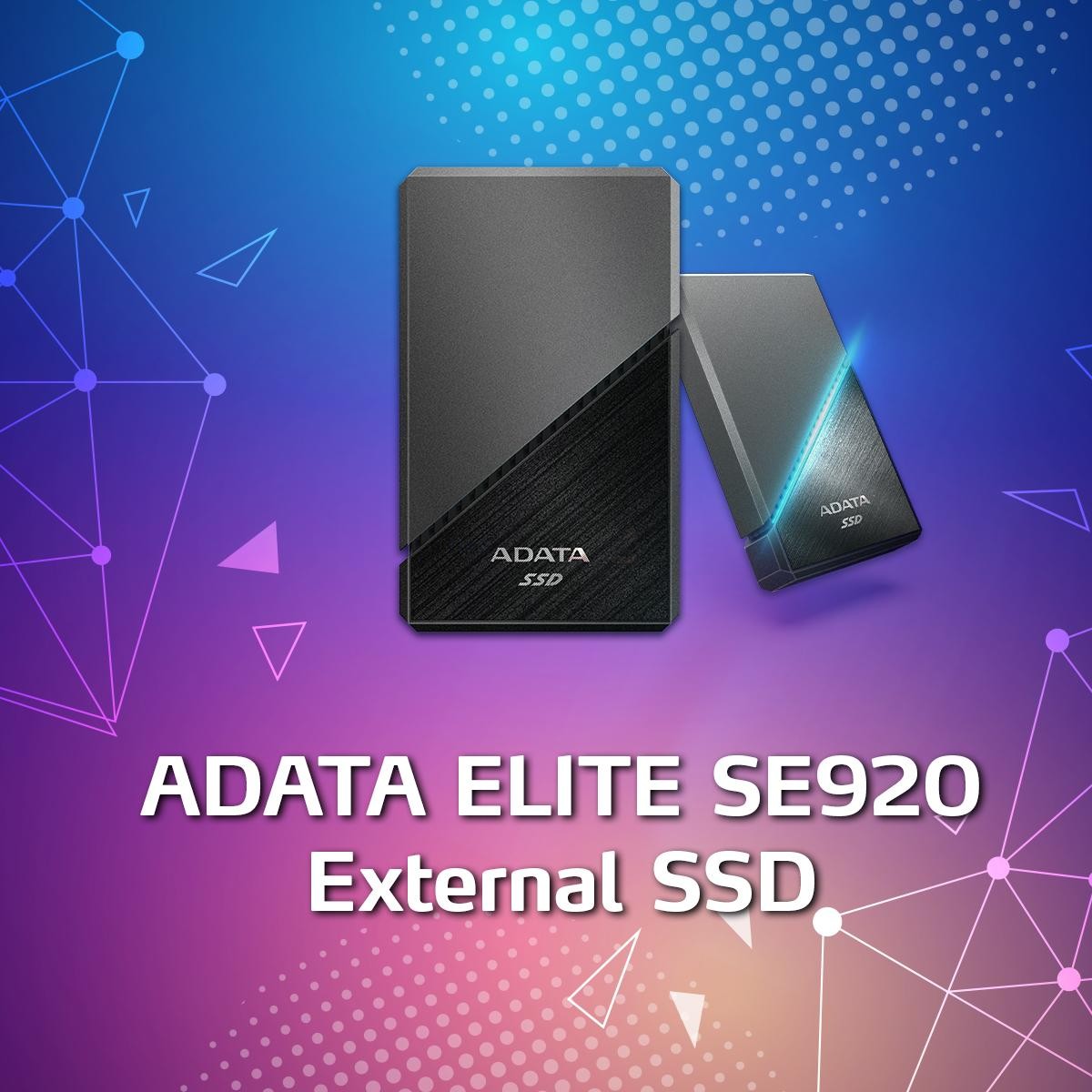
Highlights of the ADATA SE920 External SSD are:
- 40Gb/s External Solid State Drive
- Built In Fan & Thermal Heat Dissipation Build
- PCIe NVMe SSD inside and a PCI-Express to USB bridge
- 4x faster than the SanDisk Extreme or Samsung T7
- USB Powered
Although USB4 is by no means mainstream yet, the SE920 is a great indication of where the humble USB is going and after the rather slow uptake of Thunderbolt 4, this is likely going to be a much more appealing choice of future upgrade. With maximum transfer speeds that are four times faster than regular USB 3.2 drives, ADATA’s SE920 USB4 SSD is a monster. With access to such incredible performance and ADATA’s proprietary heat conduction technology, the SE920 is ready for practically any workload, making this drive an excellent choice for workstation and prosumer workloads. USB4 is receiving rapid adoption on the latest PCs, with Intel supporting USB4 under their Thunderbolt 4 banner. Thunderbolt 4 is, effectively, Thunderbolt 3 with higher minimum speed requirements and full support for USB4. Over the next year, USB4 is expected to become more easily available on high-end motherboards and laptops.
QNAP HS-264 Silent NAS Drive
Although already rumoured and highlighted as a potential release over on the NASCompares YouTube Channel last year, the new QNAP HS-264 silent NAS has now been confirmed. Using the familiar architecture of the most recent TS-x64 hardware releases (the TBS-464 and TS-364), this new 2-Bay desktop NAS system is designed to be compact, fast and (most important of all) as quiet as possible. The HS-264 does not feature an internal fan, relying on the top of the chassis acting as a wide-spreading heat dissipation panel. The design of the HS-264 Silent NAS is using a modified version of the HS-251+ chassis and although it lacks a few of the flourishes of the HS-453DX (as well as 10Gbe), it is still a remarkably nice looking piece of kit.
QNAP has released entries into their Silent NAS series for a almost a decade now and each iteration has brought something new and fresh to the series. That said, the HS-264 is much more comparable to a mainstream NAS (featuring 2.5GbE, a Quad Core Intel Processor, 8GB DDR4 memory and NVMe SSD slots to combine with the 2 HDD bays), although the 10GbE of it’s predecessor is absent (almost certainly due to the system needing those CPU PCI resources elsewhere to keep it more balanced). Here are the key hardware specification highlights:
QNAP HS-264 Silent NAS – £TBC
- 2021 Gen Intel Celeron N5105 CPU
- 2.0-2.9GHz Quad Core Processor
- Integrated Intel UHD Graphics
- 8 GB DDR4 (non-expandable)
- 2 x 3.5“ HDD Bays
- 2x 2.5GbE Network Ports
- 2x HDMI 2.0 for 60Hz 4K
- 2x USB-A USB 3.2 Gen 2 (10Gb)
- 2x USB-A USB 3.2 Gen 1 (5Gb)
- Fanless Design, 60W PSU
We are expecting the QNAP HS-264 Silent NAS to arrive in early spring.
A Wi-Fi 6E USB Dongle (RTL8832CU) & Wi-Fi 6E/BT Combo Solution (RTL8852CE)
Last year, we saw D-Link release it’s USB-to-WiFi6 adapter (we reviewed the D-Link DWA-X1850 here) and even now at the start of 2022, it is only one of two USB connected 802.11ax wireless adapters on the market. Now, a lot of this is thanks to component manufacturers working on controllers that bridge the hardware architecture of new wireless protocols with existing expansion ports and slots on modern computers. Although WiFi 6 upgrades via PCIe slots have been around for a few years, the convenience of USB upgrades to AX Wii cannot be understated. Therefore now that the world is moving towards WiFi 6E (comparable to WiFi 6, but with several upgrades in transmission and usage of the 6Ghz frequency band), with several hardware client manufacturers starting to spec out their new hardware with it, controller and general component brands such as Realtek are incredibly important.
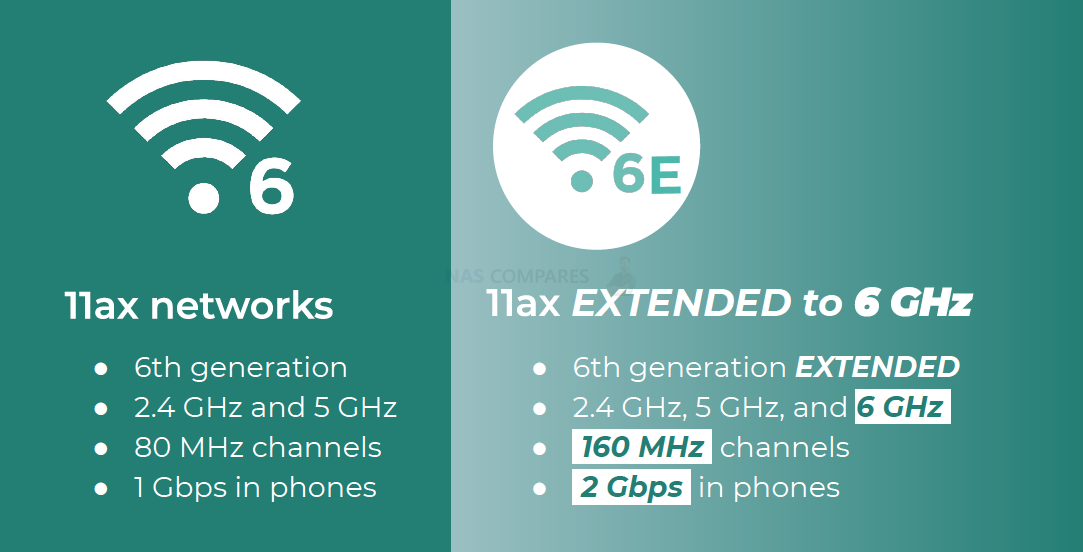
At CES 2022, Realtek revealed several of their planned controllers that range from coverage of 10GbE, 5GbE and intelligent switch internal management. Of all of these, two particular planned releases stood out. Realtek are now working on releasing a planned architecture for USB-to-WiFi 6E adaters (as well as improved Bluetooth coverage) that bulld on the existing AX-over-USB, ensuring that access to WiFi 6e is going to be considerably easier from the start. Using its 160MHz bandwidth and the cleaner 6GHz band, RTL8832CU peak throughput is up to 1.8Gbps. A 2GB file transfer would be expected to complete in 15~20 seconds. With 6GHz support in Wi-Fi 6E, the RTL8852CE increases overall Wi-Fi performance to achieve the highest throughput for a better speed experience with lowest latency. The integrated BLE Audio, with support for multistream and broadcast audio, further reduces power consumption to bring a better overall listening experience to consumers.

The World’s Smallest 5Gb Ethernet Controller (RTL8157/RTL8126/RTL8251B)
Alongside the WiFi 6e to USB developments, Realtek will launch a 5GbE Single-Chip Ethernet Controller Series compatible with IEEE 802.3bz Multi-Gigabit functions at the end of 2022, supporting 5G/2.5G/1G/100M/10Mbps network bandwidths. The network environment permits easy upgrade to 5Gbps network bandwidth over existing network cabling (Cat 5e). Realtek 5Gb Ethernet products provide various interfaces for PCIe (RTL8126 Series), USB (RTL8157 Series), and PHY (RTL8251B Series) to meet a wide range of applications (e.g., PC, PON, Cable Modem, Wi-Fi 6 AP router, switch, CPE, built-in and external network card, PCIe/USB-to-Ethernet accessories, etc.). Realtek’s 5Gb Ethernet IC adopts the Quad Flat No-lead (QFN) Package, is lightweight, and is easy to handle. This form factor will be the smallest 5GbE solution in the world.
New Phison E26 PCIe Gen 5 x4 NVMe SSD Controller Revealed
Phhison had already been trailing this for the bulk of December, but at the CES 2022 event they revealed developments on three big projects that are nearing full integration/release in some of your future hardware. The big one of these three was, of course, the Phison E26 (PS5026-E26) SSD controller for PCIe 5.0 x4 media. Phison made an enoughmous impact with their E16 and E18 controllers in the PCIe 4.0 x4 generation of SSDs and the new E26 controller seemingly builds considerably on that, with indications of greater throughput of 13,000/12,000MB/s Seq Read/Write, 1.5/2.0Million 4K random Read/Write IOPS, up to 32TB supported and arriving with NVMe 2.0 compliance. Images of the E26 in situ were provided by Phison below:
Key specifications of the Phison E26 architecture were also provided:
| Controller | Phison PS5026-E26 |
| Interface | PCIe 5.0 x4, 32GT/s |
| NVMe Rev | NVMe 2.0 |
| Processor | 2x ARM Cortex-R5 & 3x Proprietary CoXProcessor |
| DRAM Support | DDR4/LPDDR4 (32bit) |
| Capacity | 32TB |
| NAND Supoort | 3D TLC, QLC |
| Flash Transfer Rate | 2,400MT/s |
| Security | AES 256, SHA 512, RSA 4096 |
| ECC Support | Yes, LDPC & RAID |
| Seq Performance | 12GB/s Read, 11GB/s Write |
| 4K IOPS Random | 1.5M Read, 2.0M Write |
Key highlights from Phison at CES 2022:
PS5026-E26 – Phison’s first PCIe Gen5 SSD architecture
The E26 SSD solution provides a best-in-class combination of performance and low power consumption using Phison’s unique architecture. The E26 is a configurable SSD platform designed for PCIe Gen5 that will cover the enterprise and consumer markets. The company’s first Gen5 controller will come in a variety of form factors and features that can scale to over 10 GB / s while meeting the power requirements for everyday computing. Phison will debut the E26 at CES 2022 for the first time.
PS5021-E21T – Phison’s New DRAM-Free PCIe Gen4 High-Performance Solution
The E21T showcase will showcase Phison’s new DRAM-free architecture as the future leader in next-generation mobile gaming. The E21T, the successor to the E19T, and the E21T BGA, the successor to the E13T, breakthrough performance barriers using Gen4 to set new standards for user experience.
PS5013-E13T – Phison BGA for Mobile Games
Xiaomi opted for the Phison E13T BGA SSD for its superior performance and efficiency for the Black Shark 4 gaming phone series. Xiaomi reckons the E13T BGA delivers a 69 percent increase in read and write performance, showing that NVMe is redefining mobile gaming. Phison will show the Xiaomi Black Shark 4 at CES 2022 in a first-person Zoom demo.
In testing, the Phison E26 and its PCIe Gen 5 m.2 NVMe architecture was shown off in CrystalDiskMark benchmarks below:
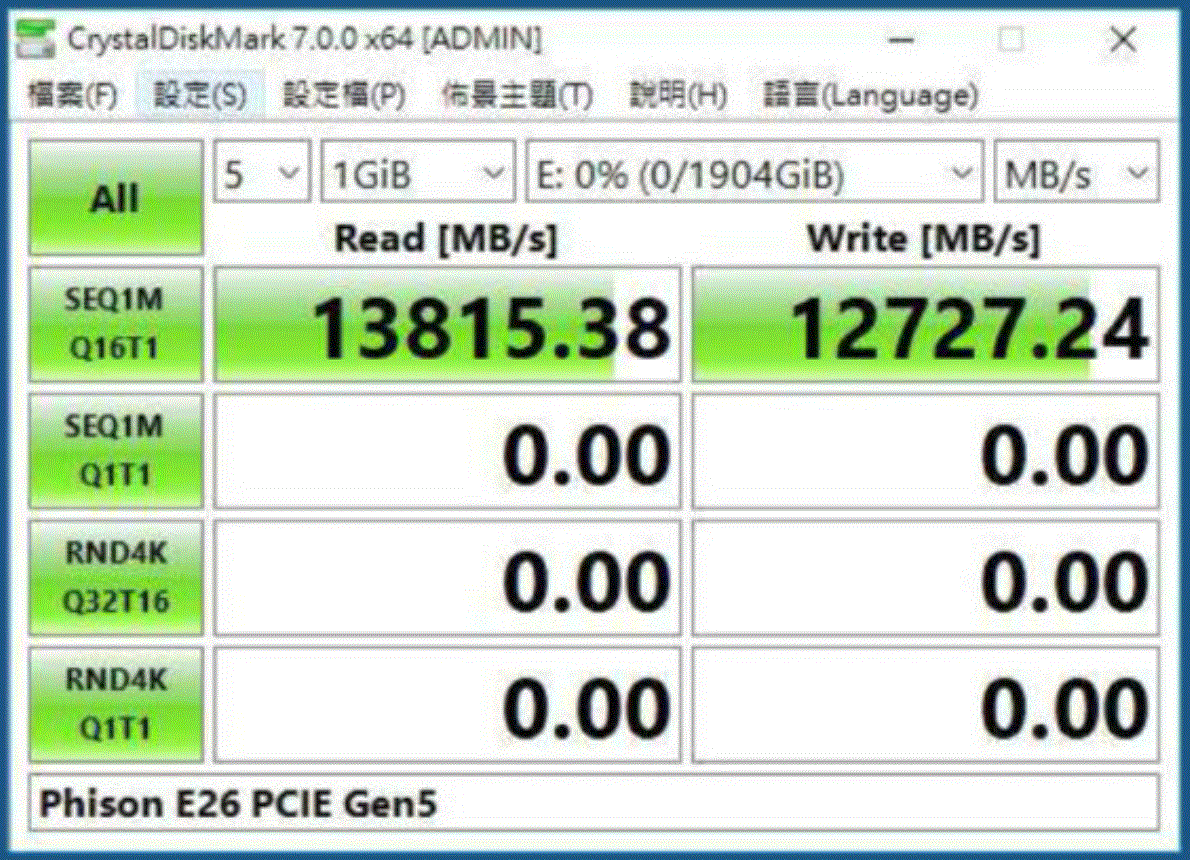
Phison controllers are used in the majority of PCIe 4 NVMe SSDs in the market right now and therefore we can comfortably assume that adoption of the Phison E26 when PCIe m.2 NVMe SSDs are further established in the second half of 2022 will be very high once again.
Netgear MS108EUP Multi-Gigabit Ethernet Plus Switch
Although Netgear revealed several new hardware solutions at CES 2022 (new WiFi 6E solutions for the most part), the Netgear MS108EUP really stood out for me, arriving with a rare combination of 2.5GbE, on 8-Ports and with PoE support. NETGEAR Plus Switches with PoE meet business networks growing needs by providing fundamental network features such as simplified VLANs, QoS set-up and IGMP Snooping that will help optimize the performance of business networks. Plus Switches are the perfect upgrade from the plug-and-play unmanaged switch, delivering essential networking features at a very affordable price. The new model MS108EUP supports 2.5 Gigabit speed connectivity and Power-Over-Ethernet (PoE) that can provide up to 60W/port. The new switch model can power devices such as VoIP phones, surveillance IP cameras, wireless access points and many other applications. This new Plus switch includes advance PoE control to help optimize the performance and troubleshooting of business networks. The new and improved business-friendly GUI allows easy management and simple configuration.
- Multi-gigabit copper ports : 8 (1G/2.5G)
- Number of PoE+ (802.3at) ports : 4
- Number of PoE++ (802.3bt) ports : 4
- Total PoE Power budget : 230 Watts

- Uninterrupted PoE : Yes
- Max MAC entries : 16K
- Buffer size : 1.5MB
- VLAN (Number Supported) : 64
- EEE : Yes
- DoS Prevention : Yes
- Internal/External PSU : External
- Max power (worst case, all ports used, line-rate traffic) : 230W
- Fans : 0
The price tag for the Netgear MS108EUP at $400 does seem a pinch high, but this is one of the very few PoE+/PoE++ switches on the market that are 2.5GbE equipped.
Adata Nighthawk and Blackbird PCIe 5 x4 M.2 NVMe SSD
Alongside the other big SSD names, ADATA also took the opportunity a CES 2022 to reveal their two PCIe Gen 5 x4 SSDs, codenamed Nighthawk and Blackbird). Much like their current XPG GAMMIX series, these new ADATA SSDs step away from the use of the Phison controller and instead the new Adata Nighthawk will be using a new Silicon Motion SM2508 PCIe5 controller and the Adata Blackbird will be using Innogrit’s new PCIe controller, the IG5666. Adata already has a strong connection with Innogrit, so when they announced work on a PCIe 5.0 controller, it was heavily anticipated that ADATA would be one of the first adopters. Here are the full specifications of each SSD:
| ADATA Nighthawk
|
ADATA Blackbird
|
|
| Controller | Silicon Motion SM2508 | InnoGrit IG5666 |
| Interface | PCI Express 5.0 x4 | PCI Express 5.0 x4 |
| Sequential reading | upto 14 000 MB/s | upto 14 000 MB/s |
| Sequential write | upto 12 000 MB/s | upto 10 000 MB/s |
| 4K random read | upto 1 800 000 IOPS | upto 2 000 000 IOPS |
| 4K random write | upto 1 600 000 IOPS | upto 1 400 000 IOPS |
| Capacity | upto 8 TB | upto 8 TB |
The two prototypes ADATA PCIe Gen5x 4 SSDs made an appearance at the ADATA CES booth. The ‘Project Nighthawk,’ and its Silicon Motion SM2508 controller is capable of delivering sequential read/write performance of up to 14/12GB/s, and ‘Project Blackbird’ and InnoGrit IG5666 controller is capable of delivering read/write performance of 14/10GB/s. Both SSDs sports capacities of up to 8TB at 2280 m.2 length.
Samsung PM1743 PCIe Gen5 SSD
Although by no means an industry secret that Samsung have had PCIe 5.0 SSDs in development, CES 2022 was able to provide more information on the new Samsung PM1743 enterprise SSD. Samsung themselves had this to say about their new PCIe 5.0 x4 SSD developments: “For over a decade, Samsung has been delivering SATA, SAS and PCIe-based SSDs that have been recognized for outstanding performance and reliability by leading enterprise server customers including corporations, governments and financial institutions. The introduction of a PCIe 5.0 SSD, along with PCIe 6.0-based product developments that are underway, will further solidify our technological leadership in the enterprise server market. Intel has been working with Samsung to test Samsung’s newest PCIe NVMe SSD, the PM1743. Together, we have jointly resolved complicated technical issues encountered with PCIe 5.0 during this initial evaluation period. The performance potential of Gen5 is truly impressive. In the near future, we strongly believe that PCIe Gen5 systems with high-speed NVMe SSDs will have the ability to transform applications such as AI/ML and high-performance databases,” said Jim Pappas, Director, Technology Initiatives, Intel Corporation. “Looking ahead, we are confident that Intel and Samsung’s continued commitment in industry leadership will provide these and other benefits to our mutual customers.”
PCIe 5.0 offers a bandwidth of 32 Giga transfers per second (GT/s), doubling that of PCIe 4.0. Leveraging a proprietary controller designed to support the latest PCIe standard, the PM1743 will deliver outstanding read and write speeds to accommodate the rapidly increasing performance requirements of data centers. Specifications for the PM1743 (in two forms) are below:
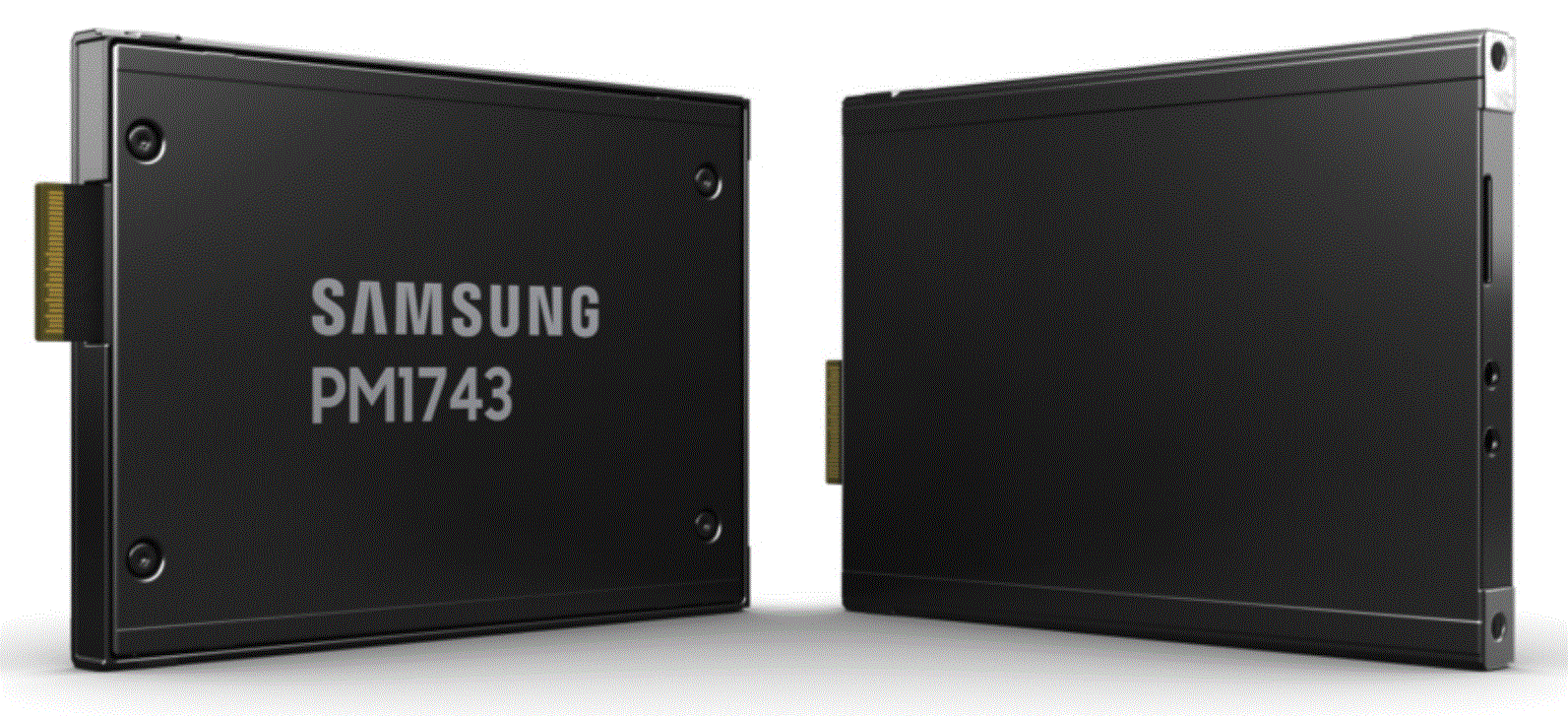 |
||
| PM1743 (15.36TB) |
PM1733 (15.36TB) |
|
| Form Factor | U.2 or E3.S | U.2 |
| Interface | PCIe 5.0 x4, NVMe | PCIe 4.0 x4, NVMe |
| Controller | Unnamed Samsung PCIe 5.0 | Samsung S4LR014 PCIe 4.0 |
| NAND Flash | Samsung 128L TLC (TBC) | Samsing 96L TLC |
| Sequential Read | 13000 MB/s | 7000 MB/s |
| Sequential Write | 6600 MB/s | 3500 MB/s |
| Random Read IOPS |
2500k | 1500k |
| Random Write IOPS |
250k | 135k |
| Active | 30 W? | 20 W |
| Idle | TBC | 8.5 W |
| Write Endurance | TBC | 28 PBW 1.0 DWPD for 5 Years |
Experience up to 13,000 MB/s or double the read and write speed of the previous generation, PM1733. With a proprietary controller, the PCIe 5.0 PM1743 strengthens performance and reliability, providing enterprise users with expanded system capacity suitable for heavy workloads. The latest form factor EDSFF E3.S improves signal integrity and boosts performance while featuring category-leading capacity of 15.36TB within the category. A thin 7.5 mm enables higher storage density in enterprise servers while increasing performance and enhancing power efficiency. Additionally, the Samsung PM1743 supports both 2.5-inch and E3.S form factors.

The Samsung PM1743 that was demonstrated was still in its tech/prototype form, so it wasn’t much to look at – as well as being injected in the Intel-powered test machine via an adapter card. Luckily Ryan Shrout was able to demo some of the early performance and how it compares with the current PCIe 4 speed via Twitter below
Perks of the job! Was going to save this demo for #CES2022 but with that off the table, why not just share it with everyone right now?! Here’s a 12th Gen @intel Core i9-12900K system paired with a new @Samsung PM1743 PCIe 5.0 SSD getting over 13GB/s!! pic.twitter.com/oyL08KzDtV
— Ryan Shrout (@ryanshrout) December 30, 2021
We are still a fair way away from Samsung launching a commercial/prosumer SSD in simple m.2 form (perhaps a Samsung 990 Pro), but these are all solid and interesting developments to look forward to in 2022/2023.
The QNAP TS-464T4 Thunderbolt 4 NAS
If you are a thunderbolt user and have been looking at network-attached storage (NAS) in the last few years, then it would have been impossible to avoid QNAP. They have been one of the very few brands that have been able to merge the use of your own private server with the utility, speed and convenience of Thunderbolt. Well into its 4th (or maybe even 5th technically) generation of Thunderbolt NAS systems, they have now released at the CES 2022 event their new Thunderbolt 4 equipped 4-Bay NAS solution, the QNAP TS-464T4. Arriving in a similar form as the more affordable thunderbolt 3 NAS system from 2018, the TS-453BT3, this new system is utilizing a lot of the new build specifications of the slowly appearing TS-x64 series, but then ramps things up significantly with the inclusion of 3 types of connectivity (all higher than gigabit), as well as two media bay types, 10Gb USB and a sturdy and cost-effective Intel Celeron processor. The QNAP TS-464T4 certainly has a lot to live up to (following the high acclaim that the TS-453BT3 has achieved) but if they can get the price right on this NAS, then we could well be looking at one of the best entry points for users who want to jump on board the thunderbolt NAS scene that we have seen yet. Let’s discuss everything we know about this nifty little device.
As mentioned earlier, the hardware specifications of the QNAP TS-464T4 is not really going to be the beastly architecture of the TVS-472XT or TVS-1288X, as this NAS is designed to be used by smaller creative business users. The system features four hard drive media bays (SATA) that support RAID 0,1,5,6,10, as well as two additional m.2 NVMe SSD media bays that can be used for caching, direct storage or tiered storage in conjunction with the larger HDD bays. The system also arrives with two Thunderbolt 4 ports (USB-C) that will no doubt be backwards compatible with Thunderbolt 3, this means that two users will be able to connect with the TS-464T4 directly over thunderbolt to access it’s storage, as well as the NAS remaining accessible by countless users via the network/internet. This is thanks to the system ALSO features 10GbE and 2.5GbE network ports. These appear to be native (i.e. not via a PCIe card as found on the TS-453BT3), so this means the TS-464T4 will almost certainly be as compact in it’s 4-Bay chassis as the TS-453BT3, TS-464 and TS-453D. Finally, the system also includes an HDMI 2.0 output for a 4K 60FPS monitor, as well as multiple USB ports that are no doubt going to include USB 3.2 Gen 2 (10Gb/s) as found in the rest of the TS-x64 series so far. This is all built on an architecture of the Intel Celeron currently found in the TS-x64 series, the Intel N5105 or N5095A, which is an embedded graphics enabled, x86, 64bit, quad-core chip. Given the memory/cache hungry nature of thunderbolt, the TS-464T4 will likely ship with at least 8GB of memory by default. So, in summary:
QNAP TS-464T4 4-Bay NAS – £TBC**
- Intel Celeron N5105/N5095 CPU
- 2.0-2.9GHz Quad Core Processor
- Integrated Intel UHD 600 Graphics
- 8GB DDR4 SODIMM (16GB Maximum, 2-Slots)*
- 4x SATA 3.5″ HDD Bays (20TB Current Max)
- 2x TB4 USB-C Ports
- 2 x M.2 NVMe SSD (PCIe Gen 3×1 / 3×2*)
- 10GbE Network Port
- 2.5GbE Network Port
- HDMI 2.0 (60FPS 4K)
- **Estimate £999
QNAP has been a little quieter on the eventual release price and planned launch date for the TS-464T4 NAS, however, we can make some educated guess! First and foremost, the pricetag will need to sit well with the hardware on offer and the rest of the thunderbolt portfolio. So, given the £900-1000 price tag of the TS-453BT3, we can comfortably assume that this will be a target figure for the TS-464T4. Regarding the release date, QNAP has been gradually releasing the TS-x64 series in the closing stages of 2021 (with the TS-364 and TBS-464 being released in Nov and Dec). With the reveal of the TS-464T4 and HS-264 at the CES 2022 event lining up neatly in Jan ’22, I think we are likely to see a release of the TS-464T4 in the first quarter of 2022
QNAP TS-H1290FX PCIe 4 U.2 Desktop Flash Server NAS
One of the most high-end QNAP desktop solutions that we have seen in years, at CES 2022 we finally go to see the BEAST that was the TS-h1290FX. a PCIe 4 equipped Flash Server that can utilize 12 U.2 SSDs in it’s default chassis (as well as more drives via expansions), featuring an 8/12 Core AMD EPYC processor, up to 1TB of DDR4 memory and even features 2x 25 Gigabit Ethernet ports. For those looking at flash storage and the removal of all internal or external bottleneck’s, this is a MONSTER release. The system even features multiple PCIe Gen 4 upgrade slots, which allows further enhanced network port upgrades and storage upgrade cards. Here is how the TS-h1290FX looks:
Supporting twelve U.2 NVMe PCIe Gen4/SATA SSD drives, the TS-h1290FX is QNAP’s first all-flash desktop NAS that is ideal for office environments. Equipped with an AMD EPYC™ 16 core 7302P/8 core 7232P processor and built-in 25GbE & 2.5GbE connectivity, the TS-h1290FX empowers data-intensive, low-latency applications and enables smooth file transfer, display, and real-time editing of 4K/8K media. High-performance and easily scalable, the TS-h1290FX streamlines backup, collaboration, and video editing/storage workflows. It supports installing an NVIDIA graphics card and Fibre Channel card and offers direct connectivity for up to twenty PCs/workstations when used with multiple QNAP PCIe quad-port network cards. The TS-h1290FX can also be paired with QDA-UMP4 U.2 NVMe to M.2 NVMe PCIe Gen 4 adapter to boost IOPS performance when configuring SSD caching and expanded with QNAP TL-D800C &TR-004 enclosures.
QNAP TS-h1290FX Desktop Flash NAS – £TBC
- NVMe Storage QuTS Hero ZFS Platform
- AMD EPYC 7232P 8-core 3.1-3.2 GHz
- AMD EPYC 7302P 16-core 3.0-3.3GHz
- 64/128/256GB RDIMM DDR4 ECC
- (1TB Max over 16 Slots)
- 12 x 2.5-inch U.2 PCIe Gen 4×4 NVMe (24x ? TBC)
- 2 x 25GbE (SFP28 SmartNIC) Ports
- 2x 2.5Gbe Copper Ports
- 3x PCIe Gen4 x16 Slots
- 1x PCIe Gen4 x8 Slot
- 750W Internal PSU
- 5yr Warranty (TBC)
Details on release seem to indicate that the TS-h1290FX will be released by QNAP very soon.
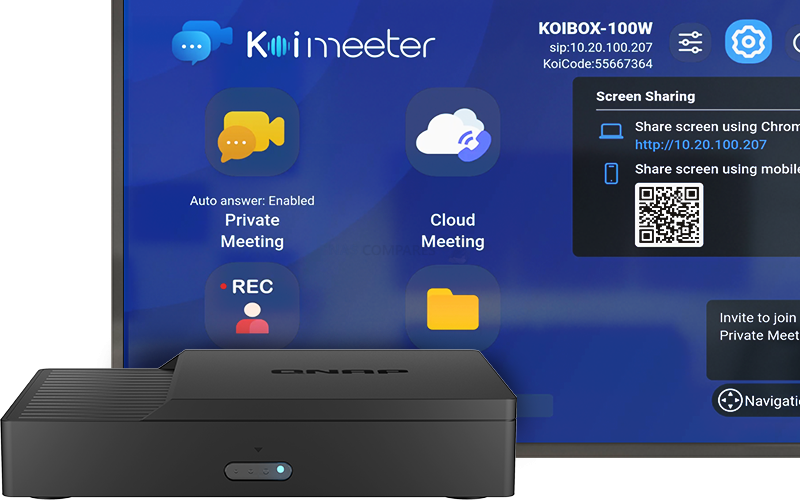
QNAP KoiBox-100W All-in-one Video Conference Solution
Running the KoiMeeter video conferencing operating system, the KoiBox-100W is the ideal replacement for costly SIP-based conferencing systems and features value-added 4K wireless projection, four-way communication, and local storage features. Creating private meetings with the KoiBox-100W provides higher security and privacy compared with public cloud meetings, and the auto-answering function provides greater convenience in certain usage environments. Besides private meetings, the KoiBox-100W streamlines communication between different platforms by allowing joining Zoom®, Skype™, Microsoft Teams®, Cisco Webex®, and Google Meet™ calls.
-
4K wireless projection
Present with a 4K high-resolution visual experience.
-
Four-way communications
Multi-point video conferencing with QNAP KoiBox-100W, KoiMeeter, the KoiMeeter mobile app, and compatible SIP systems.
-
Join cloud meetings
Use cloud-based meeting platforms almost every day? No problem! The KoiBox-100W supports well-known cloud meeting services.
-
Share mobile phone screens
Scan the QR code on the KoiBox-100W display to quickly share your mobile phone screen.
-
Local storage
Install a 2.5-inch SATA drive to store meeting videos, audio, and files.
Note: SSD/hard drive sold separately.
Here are the specifications of the KoiBox:
| Model | KoiBox-100W |
| CPU | Intel® Celeron® dual-core 1.8GHz |
| System Memory | 4GB DDR4 |
| Flash Memory | M.2 2242 SSD 30GB |
| Drive Bay | 1 x 2.5-inch SATA (HDD/SSD not included) |
| Gigabit Ethernet Port | 1 x 1GbE RJ45 |
| Wi-Fi / Bluetooth | Intel Wi-Fi 6 AX201, 802.11ax, Bluetooth 5.2 |
| HDMI Output | 1 x HDMI 1.4b output |
| USB Port | 4 x USB 3.2 Gen 2 Type-A |
QNAP QSW-M2116P-2T2S 10GbE & 2.5GbE PoE++ Switch
The QNAP QSW-M2116P-2T2S is a L2 PoE Managed Switch with sixteen 30-watt 2.5GbE PoE+ ports, two 90-watt 10GbE PoE++ ports. Offering a total power budget of 280 watts and two 10GbE SFP+ ports, the QSW-M2116P-2T2S not only enables a high-speed and high-power PoE network infrastructure for Wi-Fi 6 Access Points and Routers, but also provides backbone network uplinking capabilities. The QSS, QNAP Switch System with user-friendly web interface, helps IT administrators efficiently control Layer 2 and PoE networks, including wireless APs, IP Cameras and Digital Signage, core Switches and Servers. The QSW-M2116P-2T2S offers SMBs a cost-optimized and centrally managed LAN deployment solution.
- Compliant with the IEEE 802.3bt PoE++ and IEEE 802.3at PoE+ standards. Offers 2-port 90-watt and 16-port 30-watt PoE capabilities. Can supply a total power budget of 280 watts to meet the demands of high-powered devices (PDs).
- Compatible with 10GBASE-T and 5GBASE-T technologies to support five speeds (10G / 5G / 2.5G / 1G / 100M), the QSW-M2116P-2T2S offers higher transmission speeds when used with existing cables.
- Two 10GbE SFP+ ports can connect to the Internet, Routers, core switches, and NAS to fulfill the high bandwidth demands of backbone network or data centers.
- Offers a user-friendly web interface to help IT administrators efficiently control Layer 2 and PoE networks. Additionally, the overview dashboard and graphical statistics analysis show IT administrators all switch information and powered devices at a glance, making central management of high-power devices intuitive and easy.
- Provides comprehensive Layer 2 management features (such as VLAN, LACP, QoS IGMP Snooping, and Wake-on-LAN) for IT administrators to efficiently control network bandwidth and enhance security via the user-friendly switch management web interface.
Here are the full specifications of the QNAP QSW-M2116P-2T2S switch:
| Model | QSW-M2116P-2T2S |
| Management Type | Web Managed |
| Number of Ports | 20 |
| 10GbE SFP+ | 2 |
| 10GbE BASE-T (RJ45) | 2 |
| 2.5GbE (RJ45) | 16 |
| Total PoE Ports | 18 |
| PoE PSE (802.3af, 15.4W) | Port 1-16 |
| PoE+ PSE (802.3at, 30W) | Port 1-16 |
| PoE++ PSE (802.3bt, 90W) | Port 19-20 |
| PoE Power Output | Port 1-16 (30W), Port 19-20 (90W) |
| Total PoE Power Budget | 280W |
| Power Supply Description | Internal Power Supply Unit |
| Max. Power Consumption | 350W |
| Input Power Type | AC |
| Input Voltage Range | 100-240VAC, 50/60 Hz |
| MAC Address Table | 32K |
| Total Non-Blocking Throughput | 80Gbps |
| Switching Capacity | 160Gbps |
| Management Interface | Web |
| Console | RJ45 |
Much like the previously mentioned QNAP Flash server release, we think release of the QNAP QSW-M2116P-2T2S is going to be in the first quarter of 2022.
Netgear Nighthawk RAXE300 WiFi 6E Router
Although the RAXE300 is not the brand’s first WiFi 6e hardware release (eg. the RAXE500), it is the first real/formal entry into the 6Ghz band router scene in their Nighthawk series for gamers. It allows upto 7.8Gbps speeds across the total bandwidth and opens the door for gamers to experience WiFi 6E’s new 6GHz “express lane” with the NETGEAR Nighthawk RAXE300 Tri-Band WiFi 6E Router. With eight WiFi streams and unmatched performance, the RAXE300 boosts capacity and reduces interference for smoother 4k/8K video streaming and AR/VR gaming. Your most demanding tech gets wired connections with one 2.5G and five Gigabit Ethernet ports. Sending maximum Gigabit Internet speeds across your 2,500-square-foot home, this exceptional value keeps up with everything your family does.
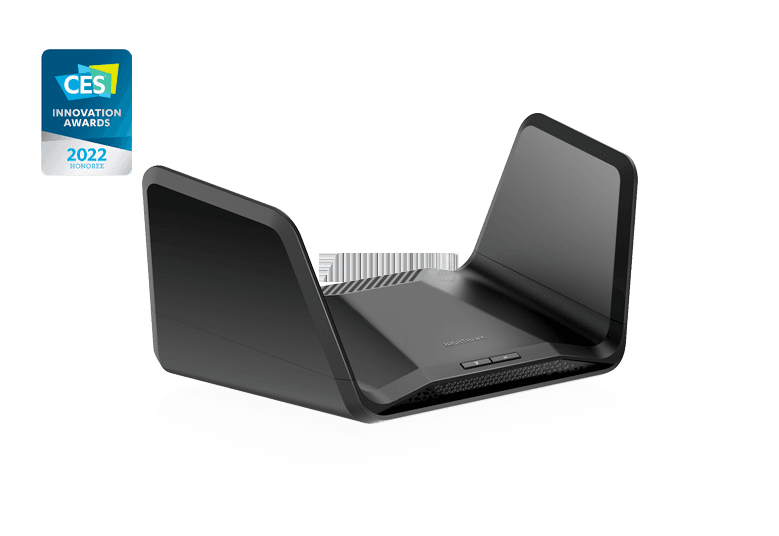
• WiFi Technology : WiFi 6E (IEEE® 802.11ax) Tri-Band WiFi (AXE7800) 8-Stream
• 2.4GHz AX: 2×2 (Tx/Rx) 1024/256-QAM 20/40MHz, up to 600Mbps
• 5GHz AX: 4×4 (Tx/Rx) 1024/256-QAM 20/40/80/160MHz, up to 4.8Gbps
• New 6GHz AX: 2×2 (Tx/Rx) 1024/256-QAM 20/40/80/160MHz, up to 2.4GbpsBackwards
• with IEEE 802.11 a/b/g/n/ac WiFi
• Supports new WiFi 6E devices on 6GHz WiFi band
• WiFi Speed : AXE7800 (.6+4.8+2.4Gbps)
• WiFi Band : Tri-Band 6GHz + 5GHz +2.4GHz
• WiFi Range : 2,500 square feet
• Ethernet Ports : Five (5) 10/100/1000 Mbps Gigabit Ethernet ports + one (1) 2.5G/1Gbps Multi-Gig port
• 4x GbE (2x port aggregation LAN)
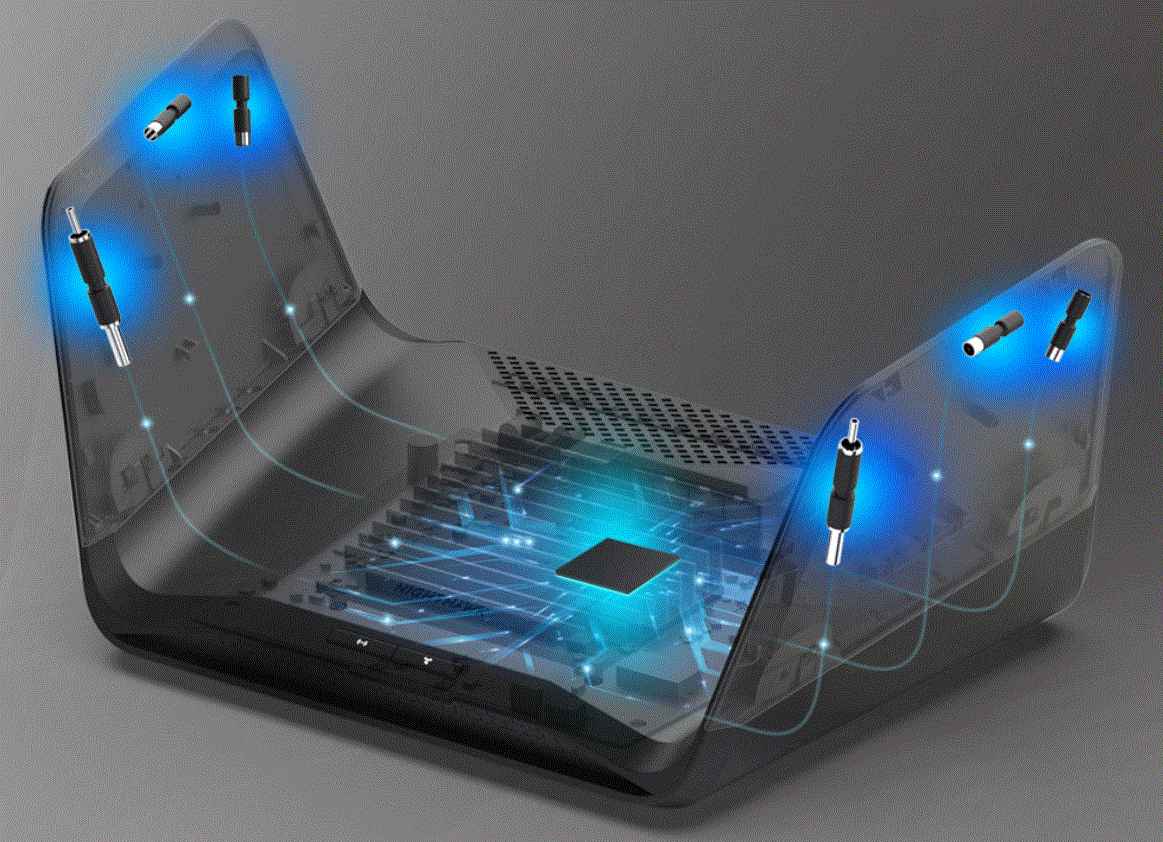
• 1x 1GbE Internet/LAN (configurable)
• 1x 2.5G/1Gbps Multi-Gig port (configurable)
• Multi-Gig: Ability to aggregate two Gigabit LAN ports (configurable) concurrently
• USB Ports : One (1) USB 3.0 port. Type-C for network storage
• Processor: Quad-core 1.7GHz processor
• Security: NETGEAR Armor™—Advanced cyber threat protection for your home network and your connected devices††
• NETGEAR Smart Parental Controls™—Easily manage your kids‘ time online across their connected devices∞
• Guest network access—Separate & secure
• Supports WPA3, the latest and cutting-edge WiFi security protocol
• VPN Support—Secure access to your home
• Automatic firmware update delivers latest security patches to the router
Nighthawk RAXE300 Tri-Band WiFi 6E Router, powered by a 1.7GHz quad-core processor, is built for performance at an ultimate level. The ultra-fast processor enables the router to seamlessly handle data intensive applications such as 4K/8K UHD video streaming, VR/ AR gaming, as well as provide a stronger, more reliable WiFi experience. This powerful processor is optimized for AX making intelligent spontaneous decisions to schedule data traffic to maximize WiFi Bandwidth utilization.
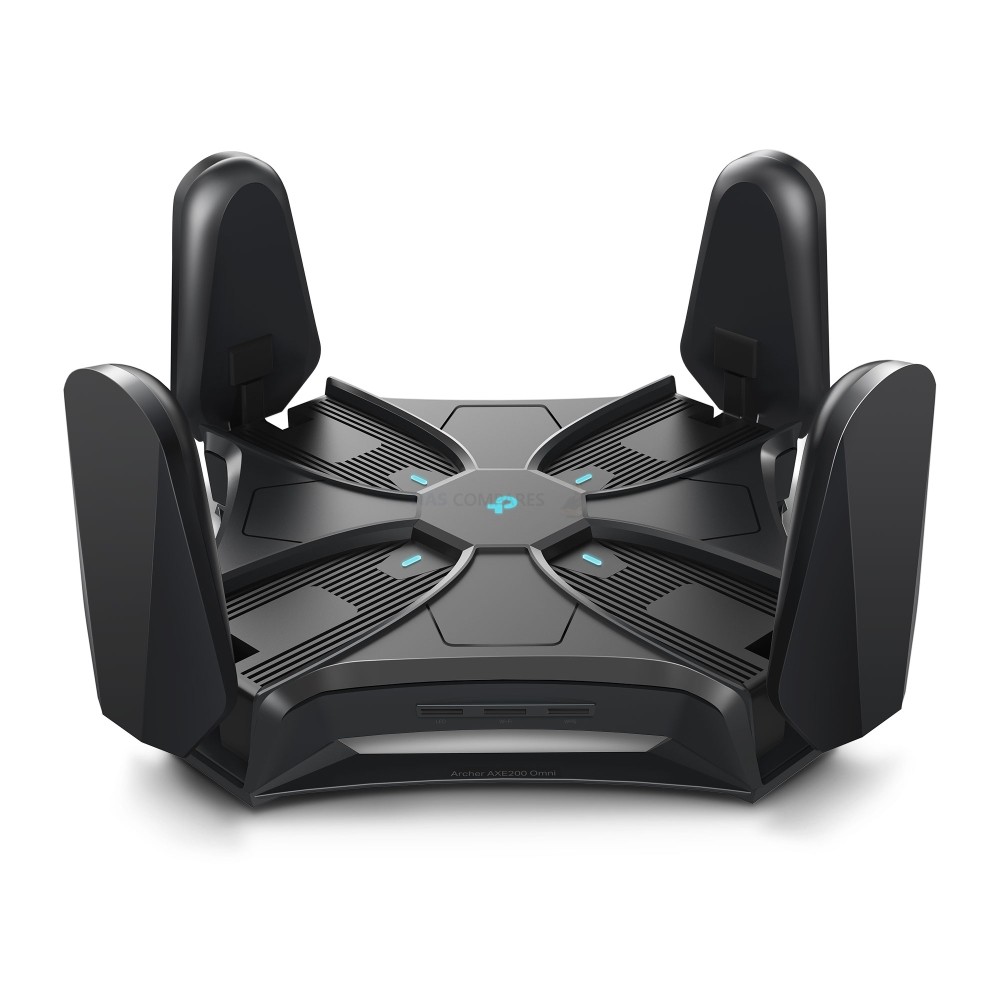
Archer AXE200 Omni – AXE11000 Tri-Band Wi-Fi 6E Router
Called Archer AXE200 Omni, the company’s new Wi-Fi 6E router features four motorized antennas that independently move and rotate to automatically provide the strongest signal possible to your devices as they move around your home. The router serves as an alternative in needing to implement a mesh network at home – which oftentimes can burn a hole in your pocket if you live in a really big house and require multiple nodes. The most impressive feature of this new product is its four external antennas that mechanically rotate and independently adjust their angles. This automatically ensures that signals are being sent to where it’s needed the most in the house. The tri-band router has support for all the modern Wi-Fi bands from 6GHz all the way to 2.4GHz so your older devices will truly benefit from this router. To really enjoy top speeds you’d need to have devices that support Wi-Fi 6E as well, else this benefit will be moot. Powered by a 2.0 GHz quad-core processor, the Archer AXE200 Omni includes a 10G and 2.5G ethernet port which allows tethering gaming PCs and video game consoles to the internet. The Archer AXE200 Omni is definitely an innovative idea, which means it will cost more than a regular router. TP-Link hasn’t revealed the pricing of its new router yet.

Highlights of the Archer AXE200 Router:
- Mechanically Rotating Antennas – Robotic antennas auto-adapt their orientation for the best signals.
- AXE11000 Tri-Band – Delivers speeds up to 11 Gbps.
- Next-Gen Processing – Armed with a 2.0 GHz Quad-Core CPU.
- 10G Port -1× 10G port offers ultra-reliable, high-speed data transmissions.
- EasyMesh™ – Create a true seamless mesh network with EasyMesh™.
- HomeShield – Provides comprehensive network protection, robust parental controls, and real-time loT security.
This router is certainly something I plan on keeping my eye on in CES 2022, as although TP-Link are by no means the first to crack into the prosumer WiFi 6e market, the automatic antenna rotation and motion to improve your network coverage and performance is definitely something that is new for the home. No full confirmation about release dates, but I will keep my eyes open! Additionally, alongside the AXE200, TP-Link also unveiled showed off another Archer series router for WiFi 6e deployment, the Archer AXE300. Although it lacks the automatic/motor controller antenna movement, it features greater coverage and hits a whopping 16Gb/s total bandwidth, along with featuring two 10GbE ports.

Highlights of the Archer AXE300 Router:
- AXE16000 Quad-Band – AXE16000 Quad-Band Wi-Fi delivers Wi-Fi speeds up to an unprecedented 16 Gbps.
- Dual 10G Ports – A 10 Gbps WAN/LAN Port and a 10 Gbps SFP+/RJ45 Combo LAN Port not only provide ultra-high-speed internet access but also open up the possibility of faster NAS transmissions over the LAN.
- Next-Gen Processing – Armed with a 2.0 GHz Quad-Core CPU.
- Maximized Coverage – 8x antennas provide maximized Wi-Fi coverage.
- Wi-Fi 6E Unleashed – The brand new 6 GHz band brings more bandwidth, faster speeds, and near-zero latency
- HomeShield – Customize your home network with enhanced security and control.
I will add more interesting data related hardware releases that were unveiled at CES 2022 last week as they appear. Otherwise, you can watch the Data News of the Week special over on YouTube in which I discuss all these releases and more. You can skip ahead to chapters by using the links under the video.
Chapters in the Video (skip ahead to the product by clicking below):
01:55 – The Netgear Nighthawk AXE7800 WiFi 6E Router
02:55 – Archer AXE200 Omni Directional WiFi 6E Router
04:25 – Archer AXE300 AX16000 WiFi 6E Router
05:45 – Wi-Fi 6E USB Dongle (RTL8832CU) & Controller
07:40 – Netgear MS108EUP Multi-Gigabit Ethernet Plus Switch
09:40 – The Adata Nighthawk and Blackbird PCIe 5 x4 M.2 NVMe SSD
10:10 – ADATA Elite SE920 USB4 External SSD
11:30 – The Samsung PCIe 5 x4 NVMe SSD PM1743
13:30 – The Phison E26 PCIe Gen 5 x4 Controller
16:15 – The QNAP TS-464T4 Thunderbolt 4 NAS
17:20 – The QNAP TS-264 Silent NAS 2-Bay
18:20 – The QNAP TS-h1290FX 12-Bay PCIe 4 SSD Flash Desktop NAS
20:45 – The QNAP KoiBox-100W Conference System
22:25 – The QNAP QSW-M2116P-2T2S 10GbE & 2.5GbE PoE++ Switch
📧 SUBSCRIBE TO OUR NEWSLETTER 🔔
🔒 Join Inner Circle
Get an alert every time something gets added to this specific article!
This description contains links to Amazon. These links will take you to some of the products mentioned in today's content. As an Amazon Associate, I earn from qualifying purchases. Visit the NASCompares Deal Finder to find the best place to buy this device in your region, based on Service, Support and Reputation - Just Search for your NAS Drive in the Box Below
Need Advice on Data Storage from an Expert?
Finally, for free advice about your setup, just leave a message in the comments below here at NASCompares.com and we will get back to you. Need Help?
Where possible (and where appropriate) please provide as much information about your requirements, as then I can arrange the best answer and solution to your needs. Do not worry about your e-mail address being required, it will NOT be used in a mailing list and will NOT be used in any way other than to respond to your enquiry.
Need Help?
Where possible (and where appropriate) please provide as much information about your requirements, as then I can arrange the best answer and solution to your needs. Do not worry about your e-mail address being required, it will NOT be used in a mailing list and will NOT be used in any way other than to respond to your enquiry.

|
 |


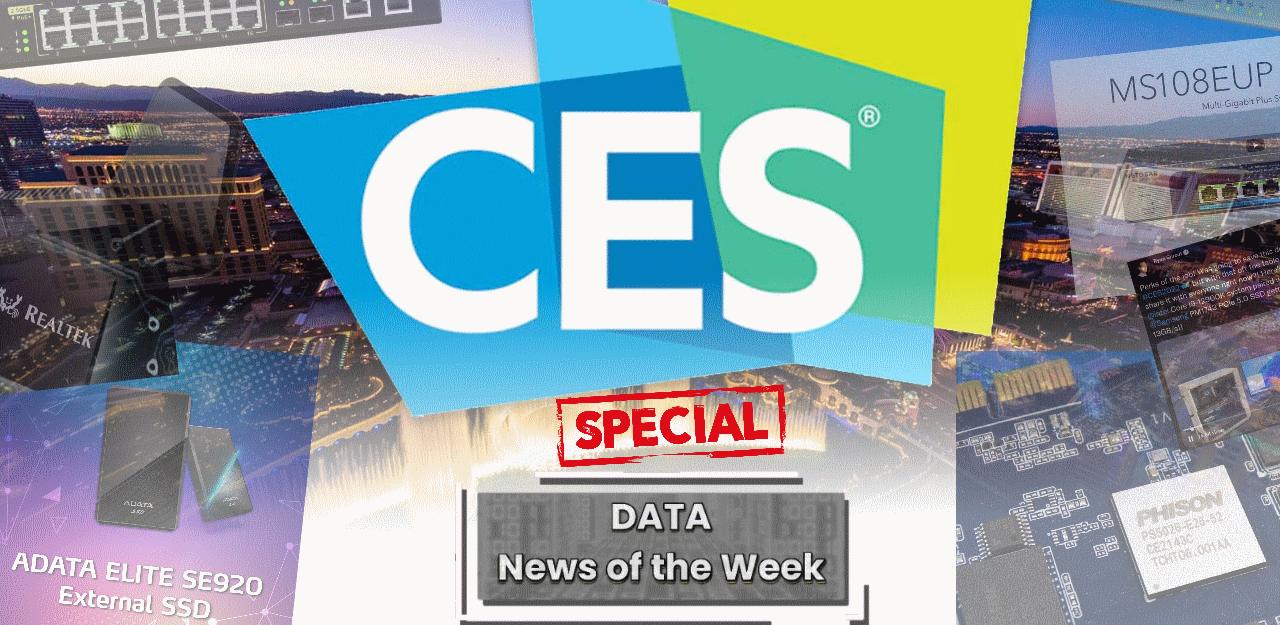
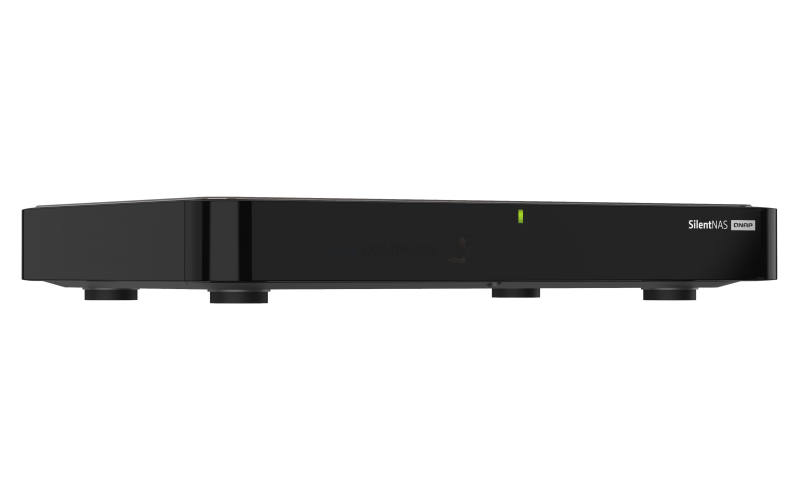

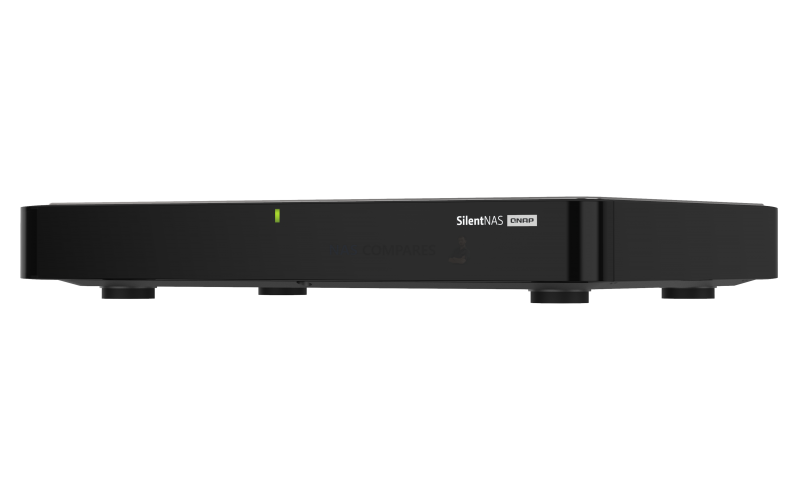
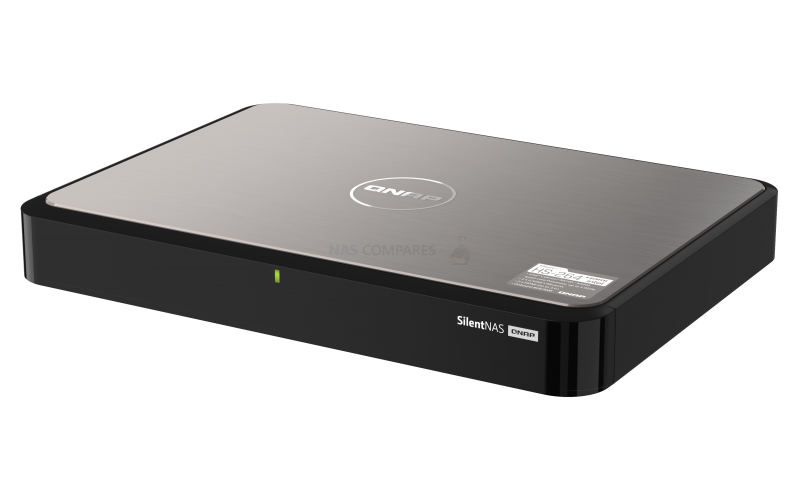
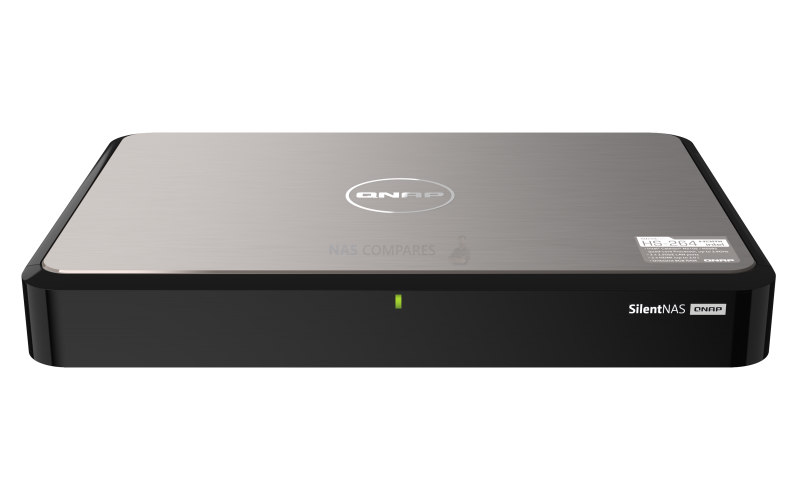
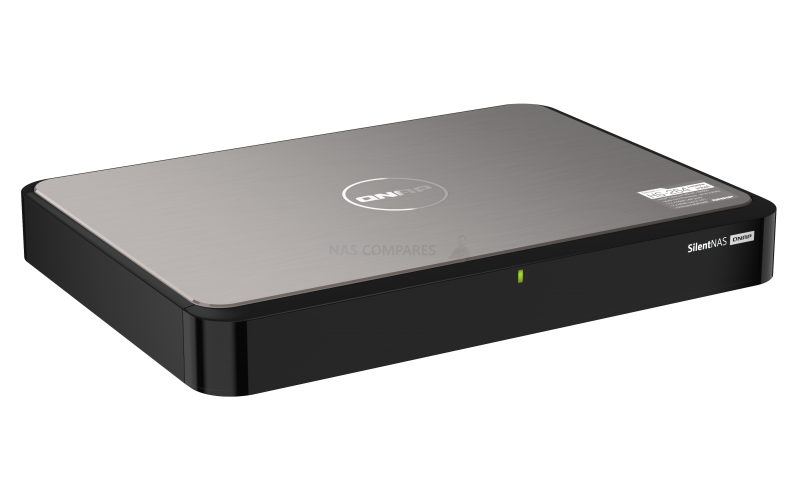
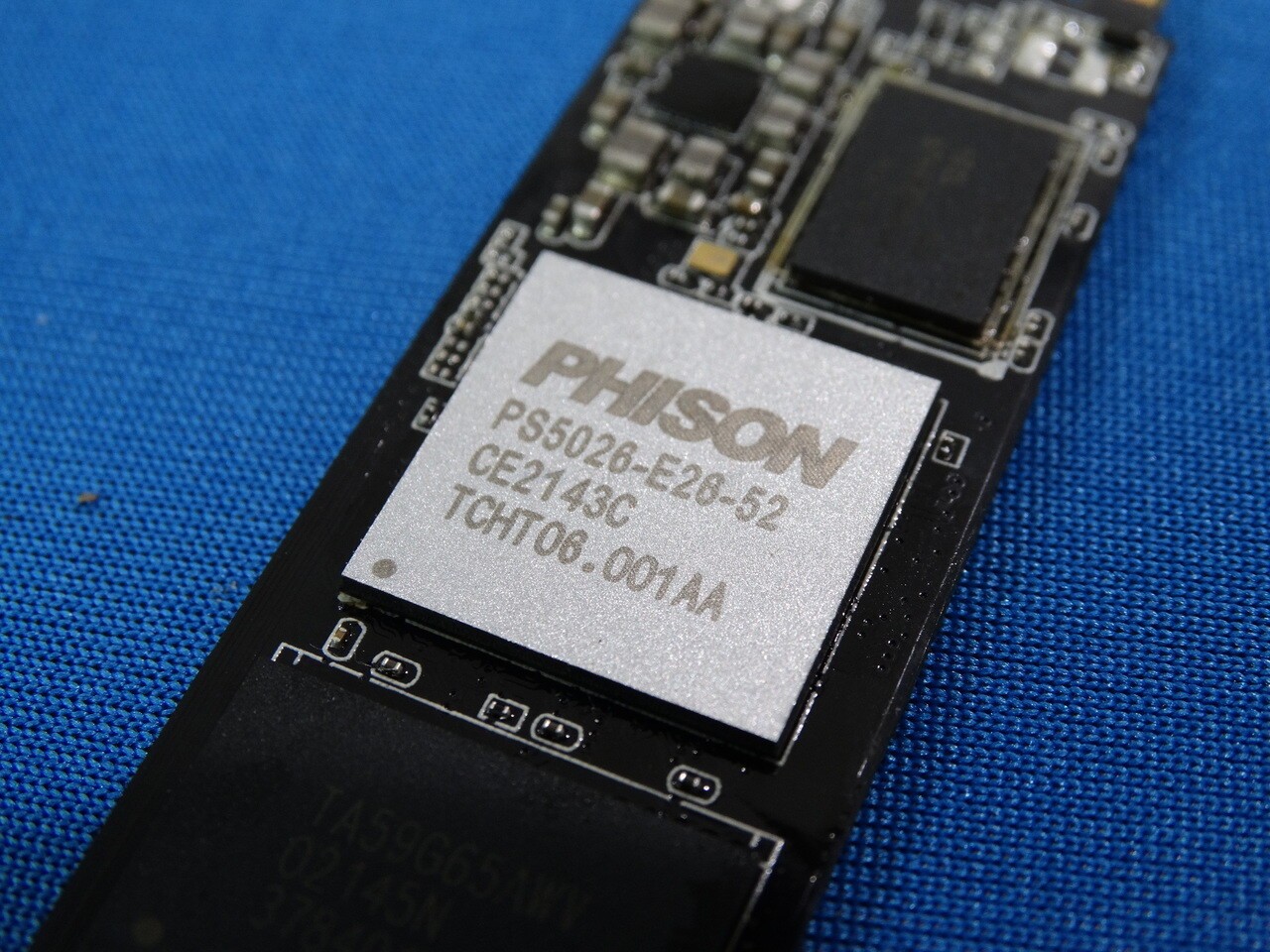
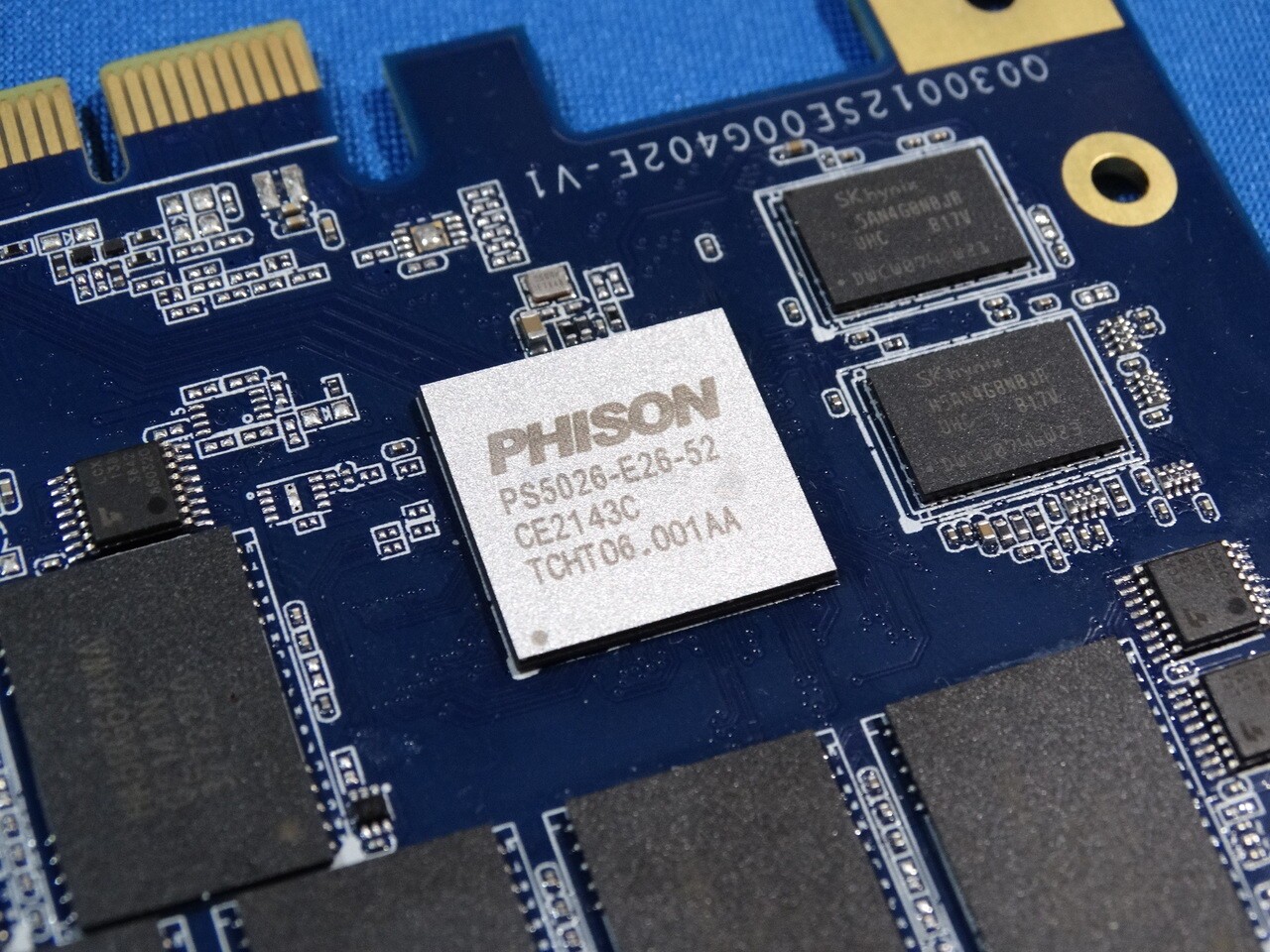
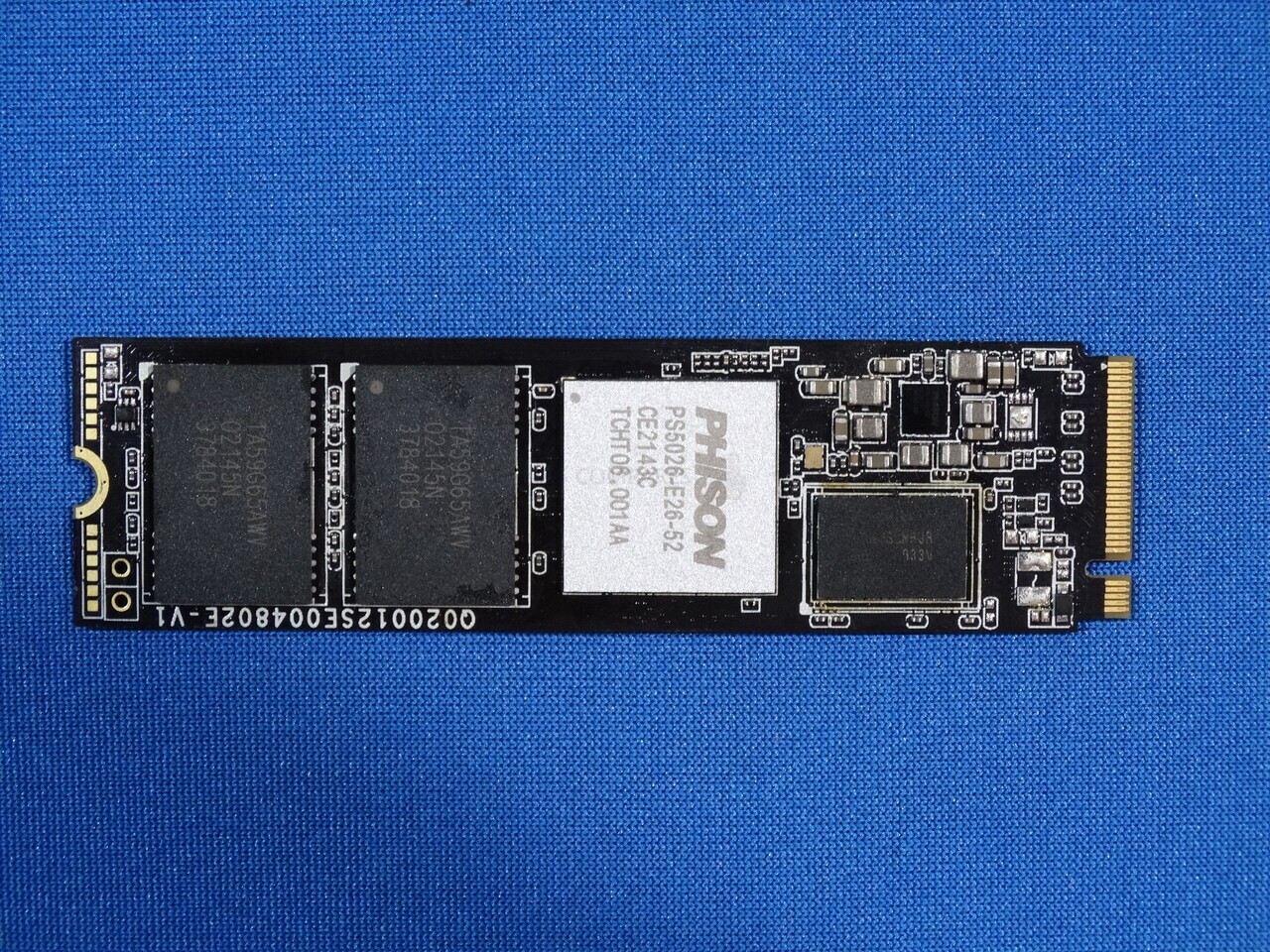
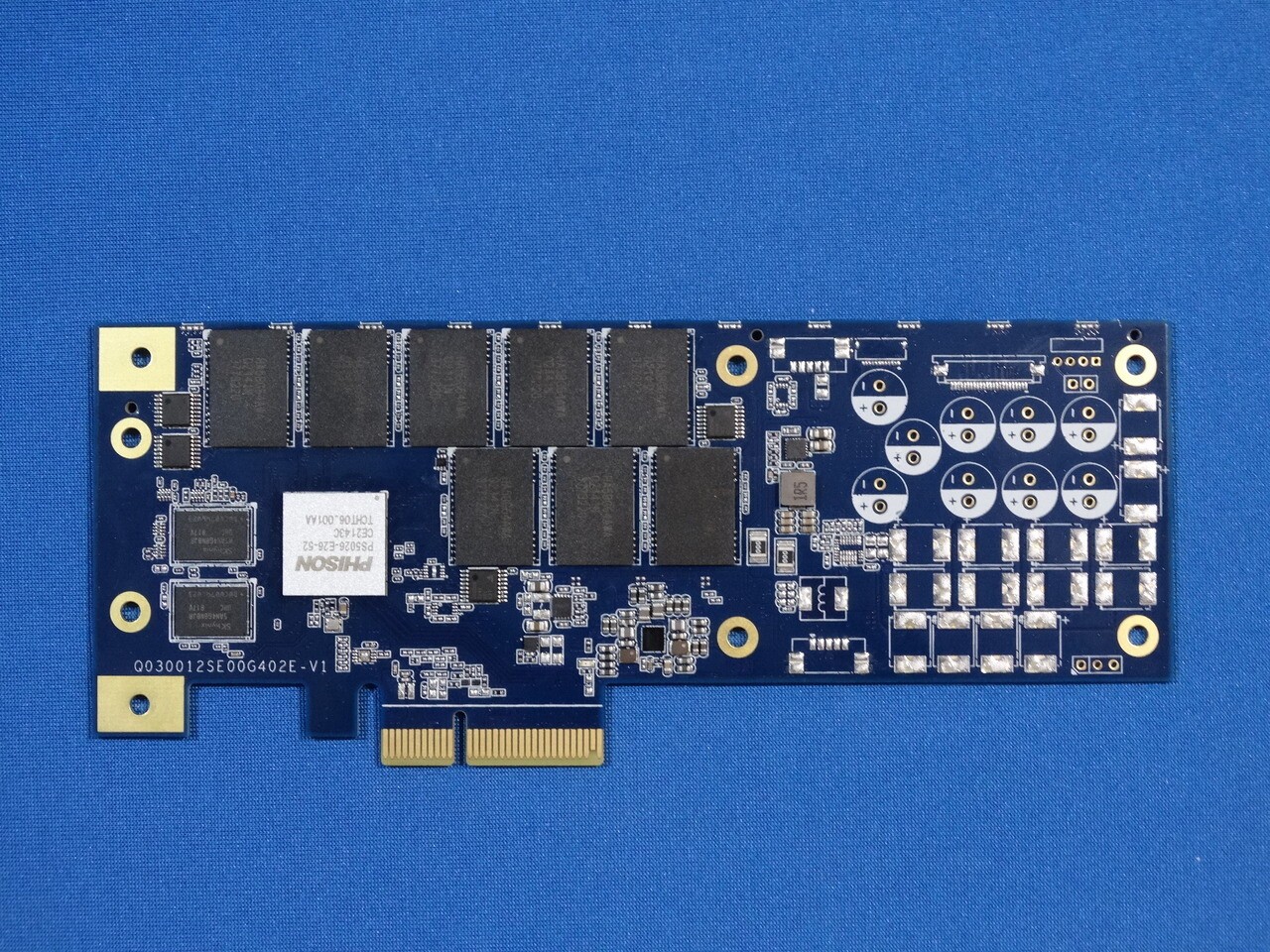
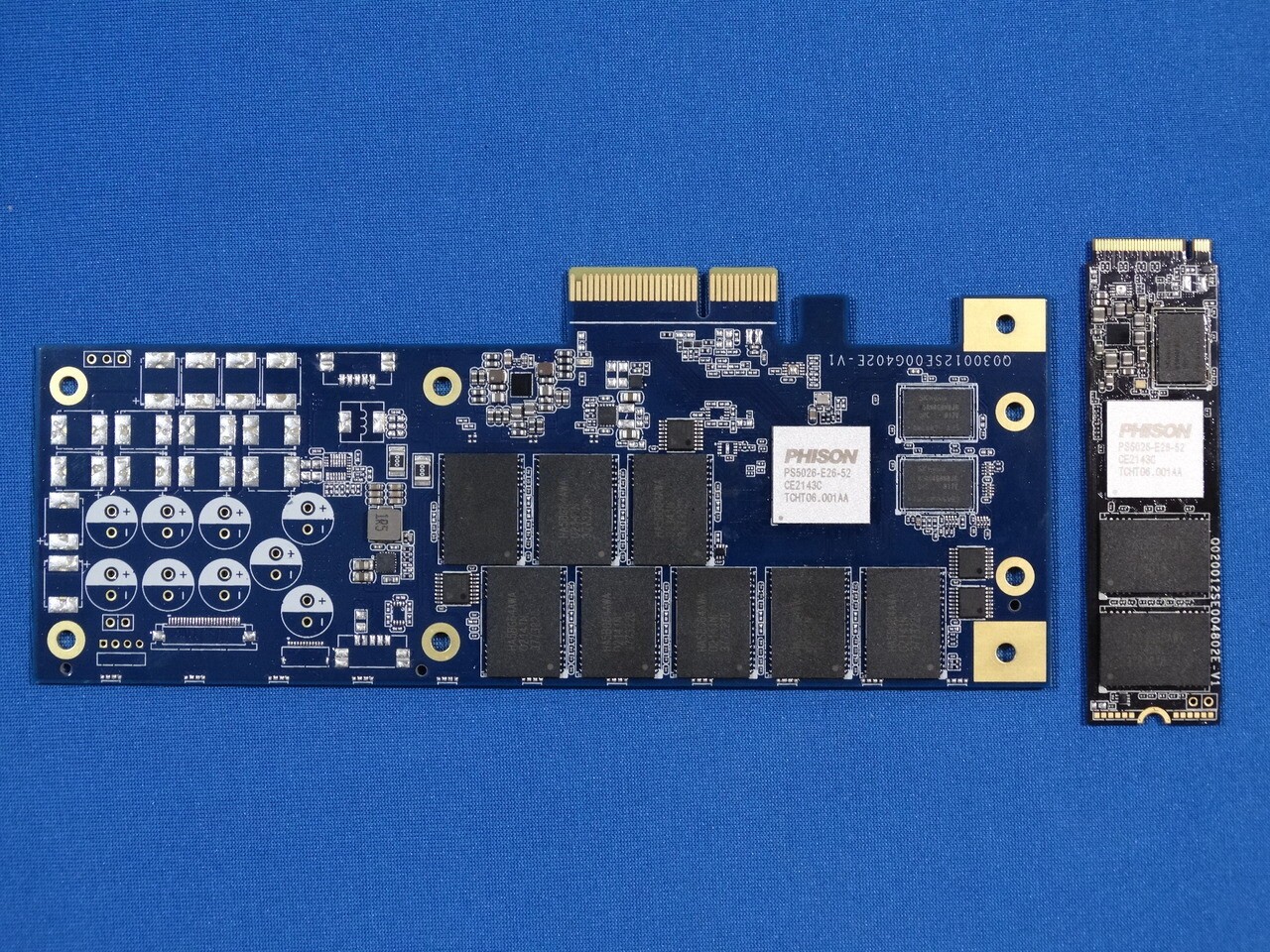



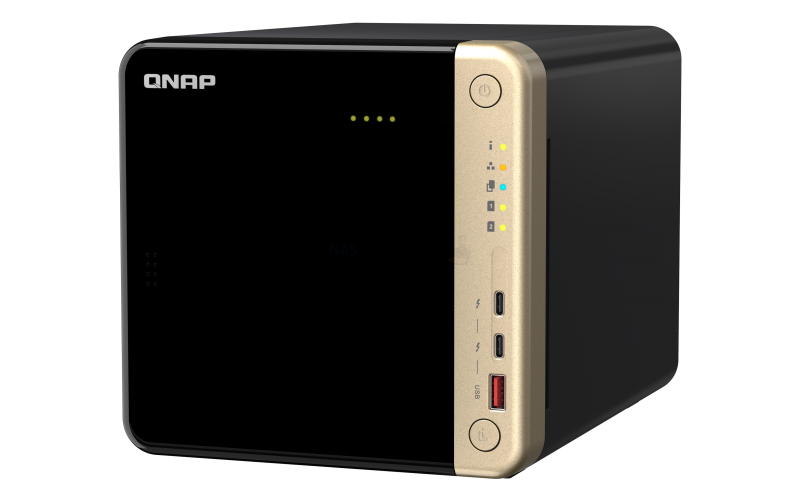
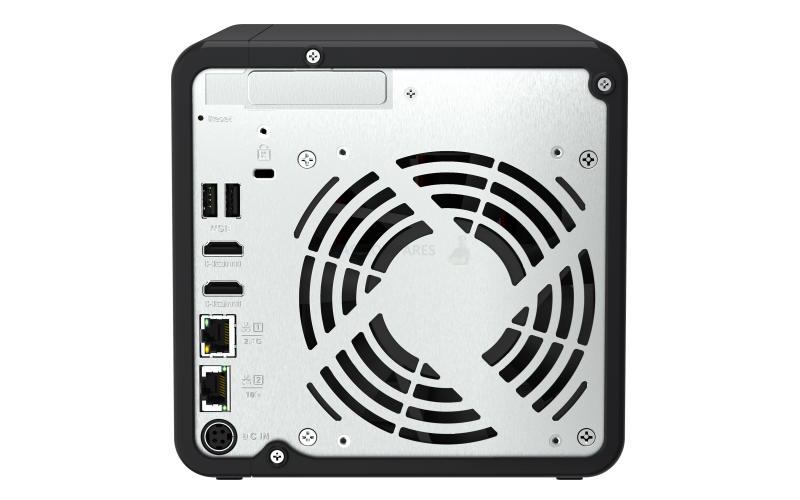

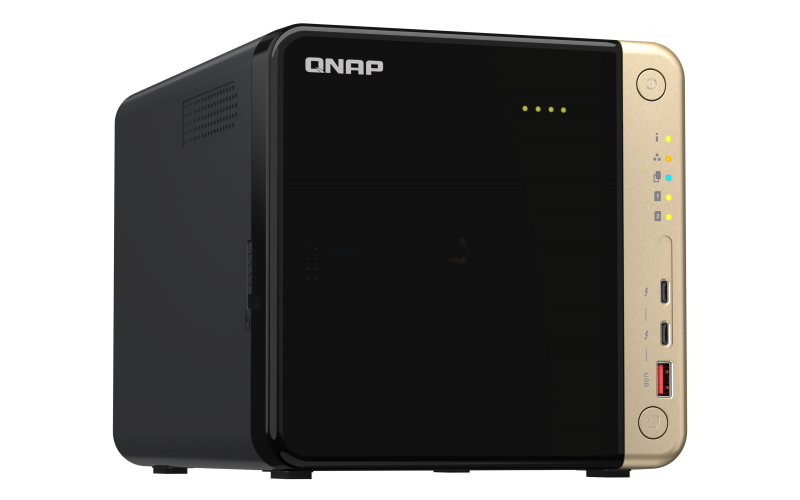
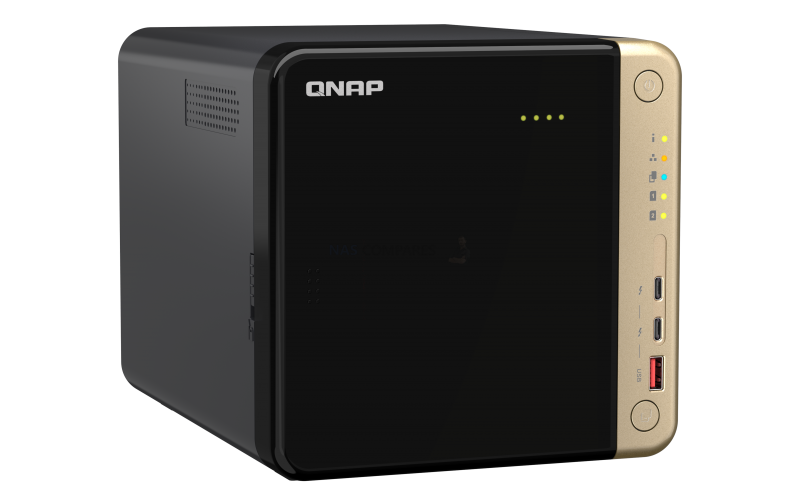
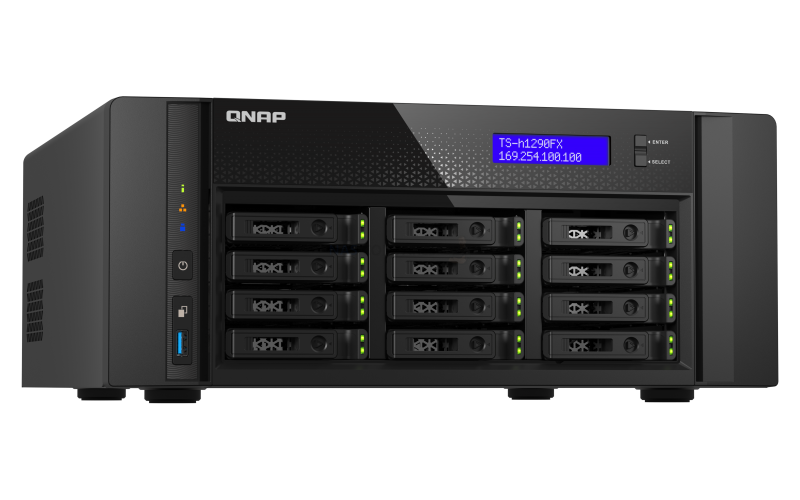
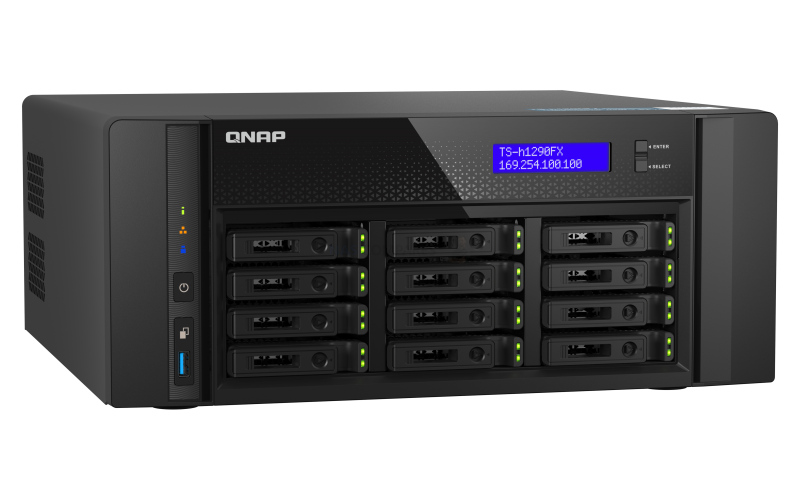
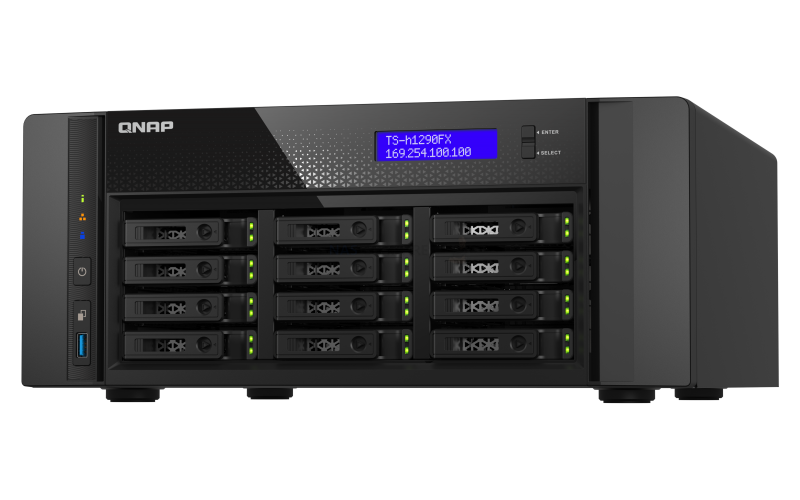
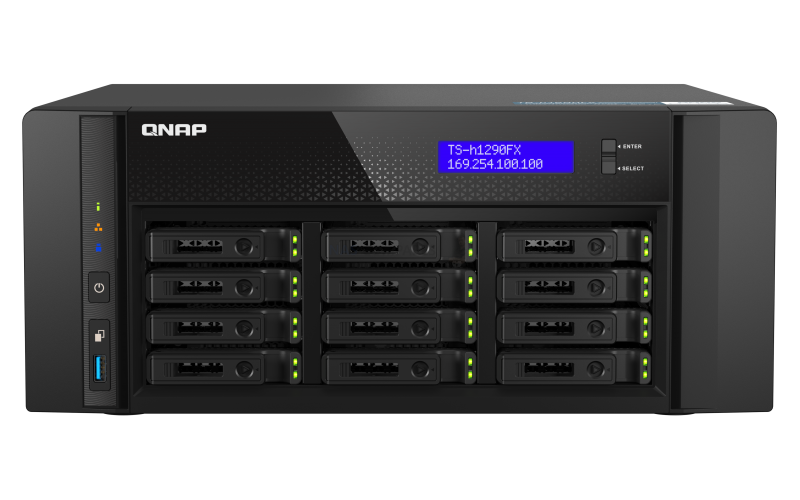
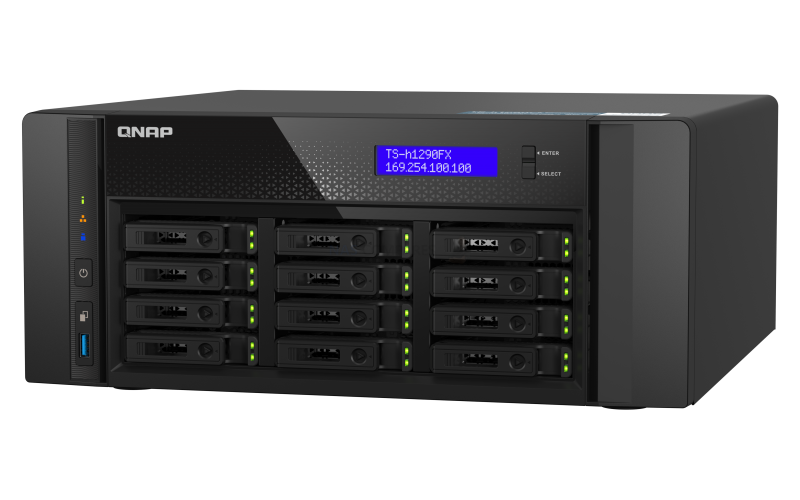
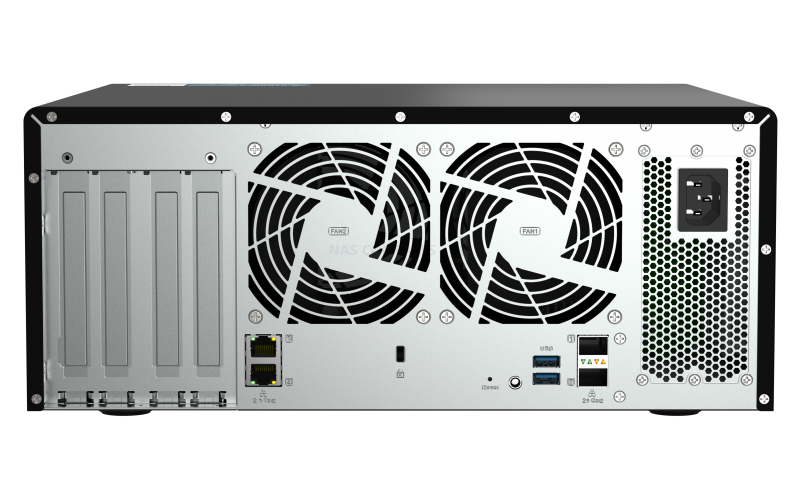
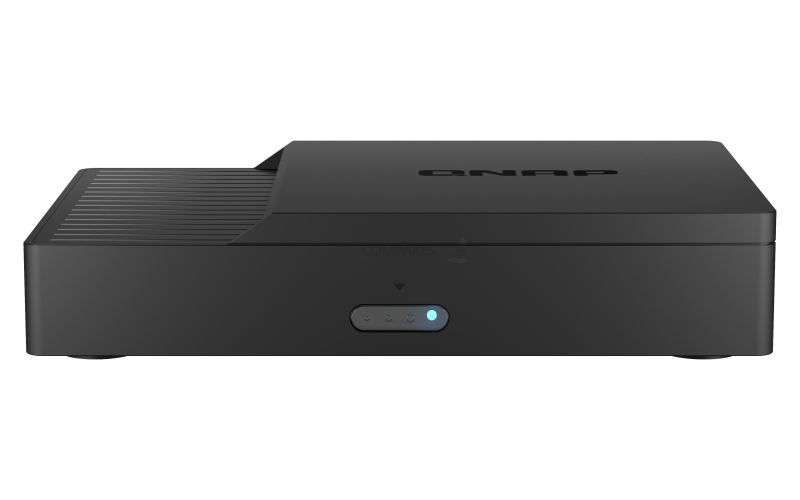
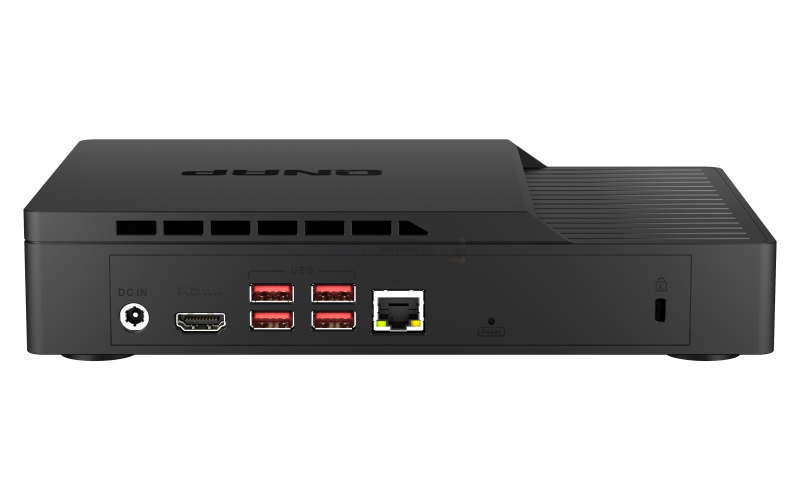
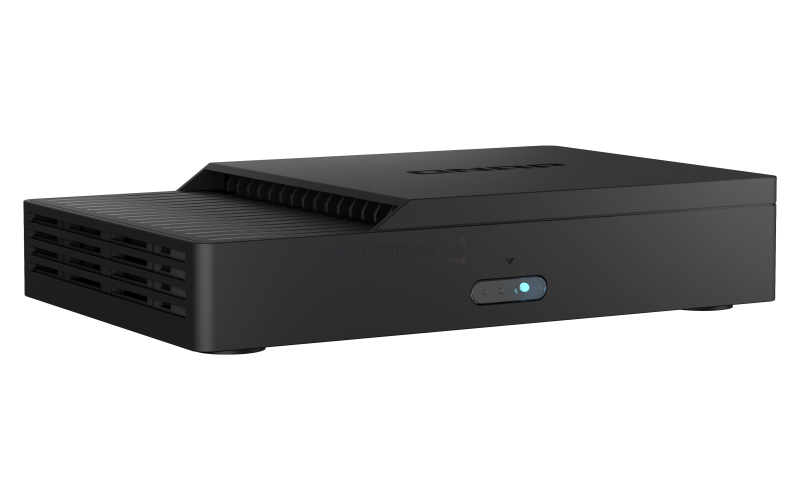
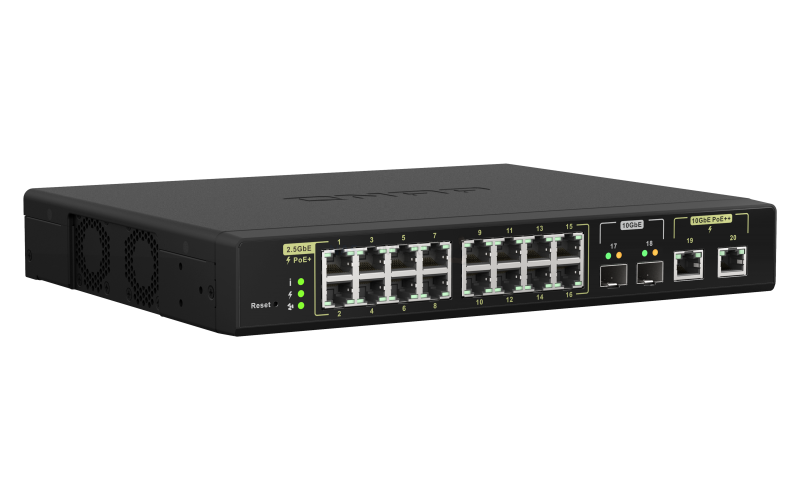
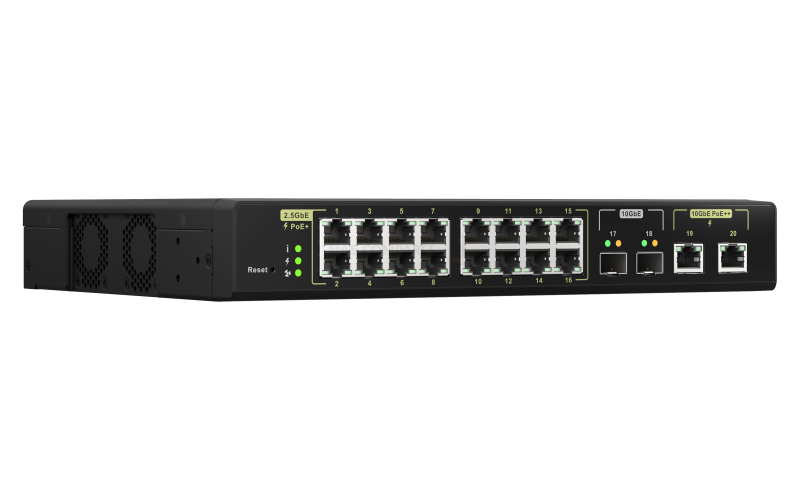


What SSD drives would you recommend for this one?
REPLY ON YOUTUBE
Looks like this will be around 800€ in EU, I would’ve though more like 600€. Still probably going to get it as there seem to be no quiet, compact alternatives with hot-swap capability. I’m looking forward to your hands-on review of this unit.
REPLY ON YOUTUBE
Always nice finding a brand new tech tuber when nobody has a video on what you’re looking for
REPLY ON YOUTUBE
im thining about getting this… can i also install homebridge on it and am i able to watch youtube from it?
REPLY ON YOUTUBE
Would I be able to stick my 2080TI in this super new QNAP NAS you are referencing?
REPLY ON YOUTUBE
Your have to exclude my lack of knowledge but how good is Wifi-6 ? And compared to Wifi-5 ?
REPLY ON YOUTUBE
Your comparison table at the start of the video suggests 160 MHz channels is a differentiator between 6 and 6E. I already have 160 MHz channels on both my UniFi WiFi 5 and 6(non-E) access points.
REPLY ON YOUTUBE
Mumbling Low level nonsense. Fuk!
REPLY ON YOUTUBE
Thank you for sharing!
REPLY ON YOUTUBE
What I would like to see from Synology is an 8 bay version of DS1019+ with it’s better cpu for plex transcoding than some of their other 8 bays and for them to add 2.5GbE ports instead of the usual 1GbE
REPLY ON YOUTUBE
New Budget Synology Range wooo
REPLY ON YOUTUBE
How do you make your money? I’m just about to drop a few k on a DS1621+ with all the trimmings, and wanted to support your business by sending money your way rather than a faceless corporation
REPLY ON YOUTUBE
Saw this from the QNAP CES highlights:
TS-h1290FX 25GbE-ready NVMe All-flash NAS
AND I want one!
REPLY ON YOUTUBE
Thank you and my brain hurts from the data dump, amazing stuff for sure. Someday they will have POW. The tech world has imagination without bound. Looking forward to 2022. Cheers.
REPLY ON YOUTUBE
Good heads up review.
REPLY ON YOUTUBE
????????????
REPLY ON YOUTUBE
Hi
REPLY ON YOUTUBE
Still waiting for the Silent 8 bay M.2 10Gbe NAS. Time to say goodbye to those HDD’s…
REPLY ON YOUTUBE
Hmm let’s see: Intel (not AMD processor) –, Soldered Memory –, Only 2 Bays–, No 10Gbe –, No M2 drive Bays–. Oh deary, deary me.
REPLY ON YOUTUBE
I have a TS-453D which seems to be much more useful and even expandable, I think. I have replaced the original fan with a silent wing and cannot hear the NAS at all. HDDs do make no sense in a silent NAS, therefore I am using SSDs. I do not need that much storage space but storage which is available on my home network. I can even use it for some server jobs which I need. For me that’s a perfect solution.
REPLY ON YOUTUBE